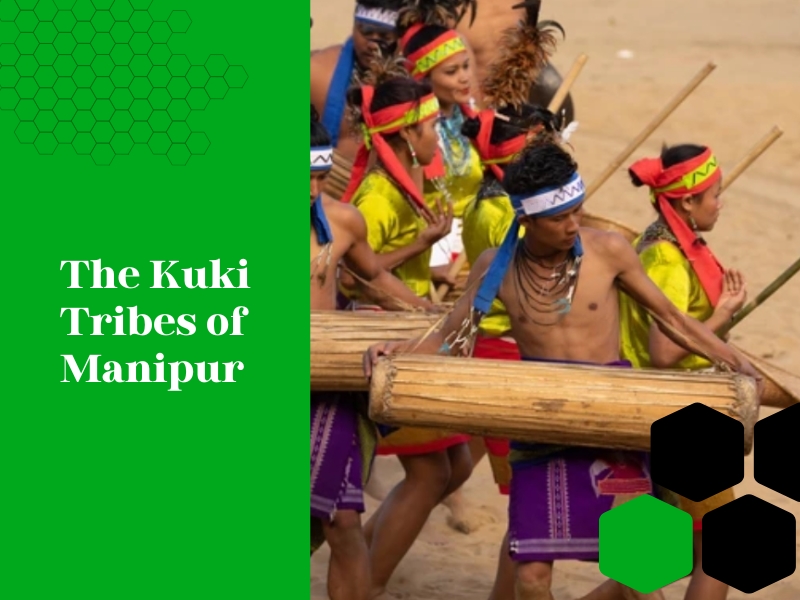Nestled in the picturesque landscapes of Manipur, the Kuki tribes stand as a vibrant tapestry of cultural heritage and ancient traditions. With their unique customs, intriguing language, and strong sense of community, these tribes have captured the fascination of anthropologists and travellers alike. In this article, we embark on an enthralling journey to explore the multifaceted aspects of the Kuki tribes, diving into their geographical context, distinctive specialities, rich culture, and language.
Geography of Manipur
Located in the northeastern part of India, Manipur is a land of immense natural beauty, adorned with lush valleys, rolling hills, and pristine lakes. Bordered by Nagaland, Assam, Mizoram, and Myanmar, the state’s diverse topography plays a significant role in shaping the cultures and traditions of its various indigenous communities.
Where is Kuki located?
The Kuki tribes predominantly inhabit Manipur’s picturesque hills and valleys, a state known for its diverse topography. They are found in various state regions, with significant populations residing in the hill districts such as Churachandpur, Chandel, Senapati, and Ukhrul. These areas offer a tranquil environment and fertile lands, allowing the Kuki people to maintain their agricultural way of life and nurture their distinct cultural practices. Amidst the stunning landscapes of Manipur, the Kuki tribes have found a harmonious home, deeply connected to the land that shapes their traditions and identity.
About The Kuki Tribe
The Kuki tribes are one of the oldest and most prominent ethnic groups in Manipur. Revered for their resilience and a strong sense of identity, the tribal people have preserved their distinct way of life over centuries. Their community is known for its agricultural prowess, with the cultivation of crops like rice, millet, and maize being central to their livelihood.
Culture and Traditions
The Kuki tribes boast a rich and colourful culture, beautifully reflected in their festivals, rituals, and art forms. The “Kut” festival, celebrated with fervour, is a grand occasion of thanksgiving to the gods for a bountiful harvest. Traditional dances like “Kuki Dance” and “Genna Dance” are performed with exquisite grace during various festivities, highlighting the tribe’s artistic expression.
Language
The Kuki people converse in their indigenous language, known as “Kuki,” which belongs to the Tibeto-Burman language family. Preserving their linguistic heritage, the Kuki language carries a deep sense of identity and is an integral part of their cultural fabric.
Community Bond and Social Structure
The Kuki tribes exhibit a tight-knit community bond, with kinship and communal values forming the backbone of their society. Elders hold a position of respect and influence, contributing to the guidance and preservation of tribal customs. Village councils, known as “Thadouba,” play a vital role in resolving disputes and maintaining harmony within the community.
Conclusion
The Kuki tribes of Manipur enchant us with their vibrant culture, rich traditions, and deep-rooted sense of belonging. As guardians of their cultural heritage, the Kuki people remind us of the significance of preserving our unique identities in an ever-changing world. By exploring the essence of the Kuki tribes, we celebrate the kaleidoscope of human diversity that makes our world an awe-inspiring tapestry of culture and tradition.

